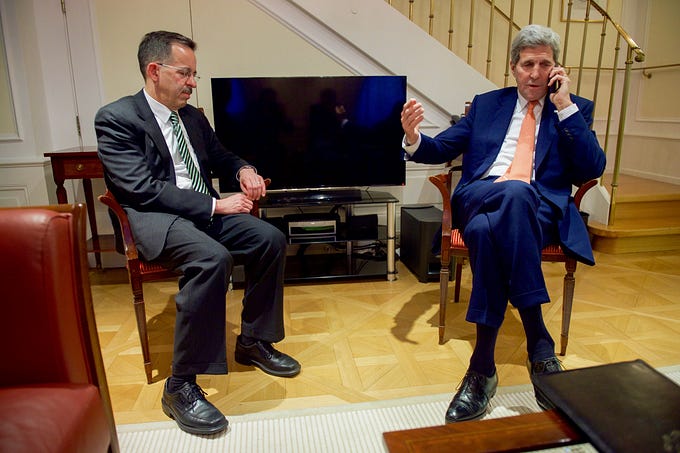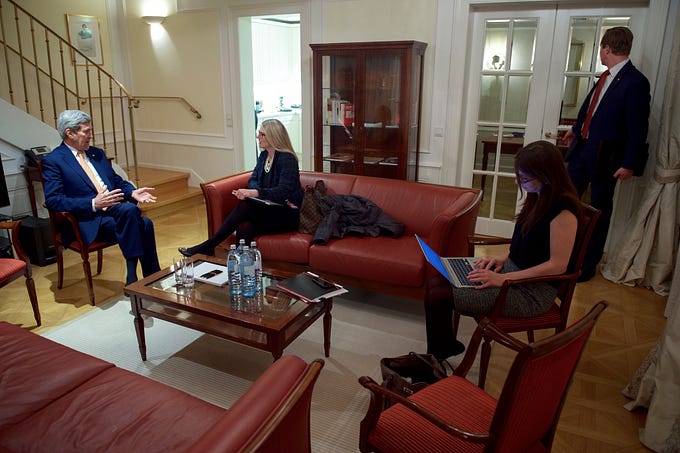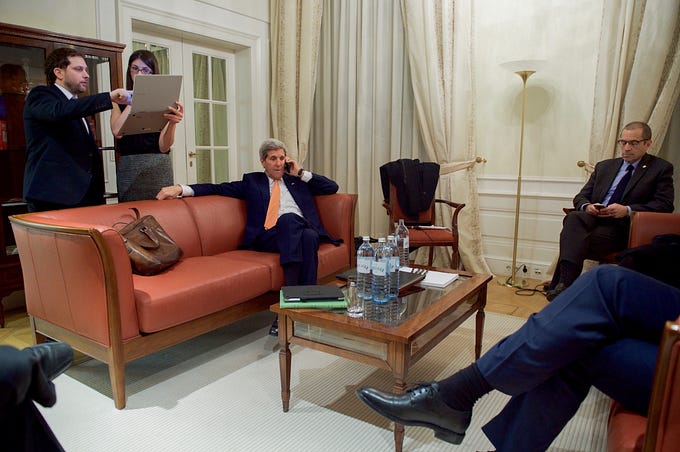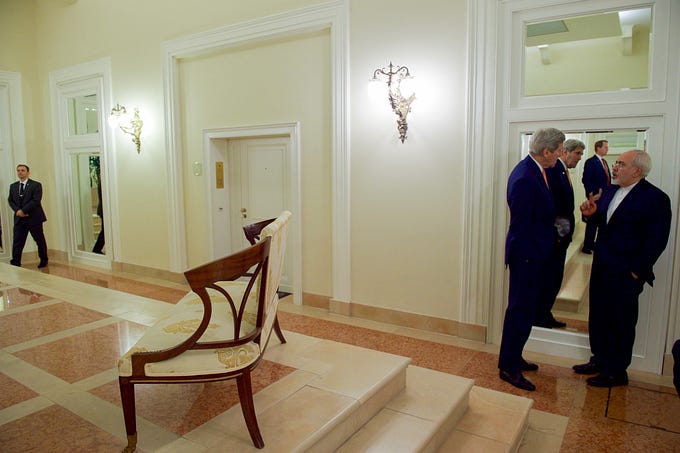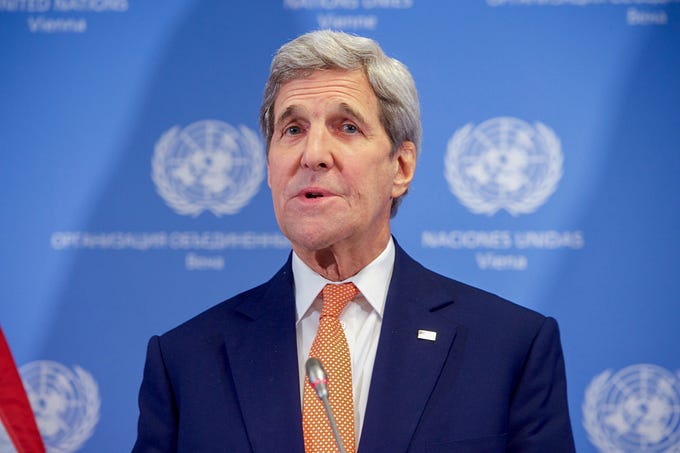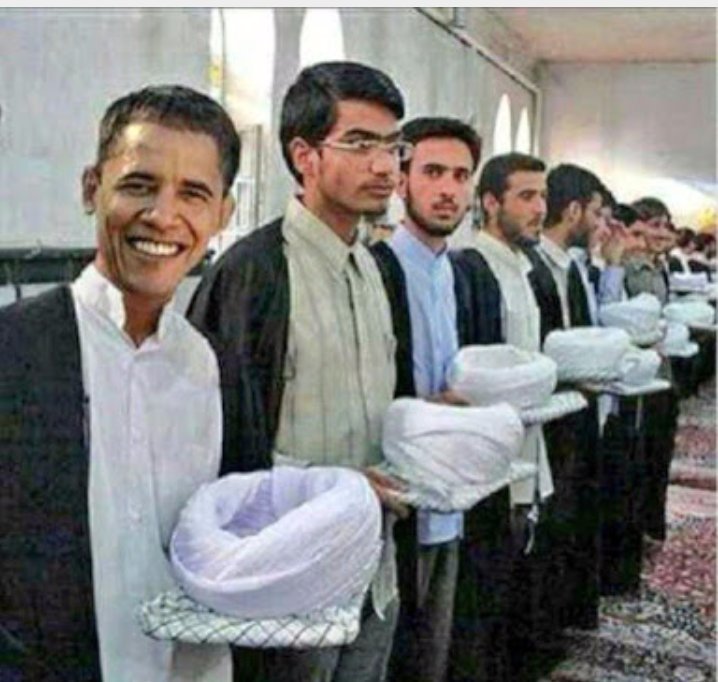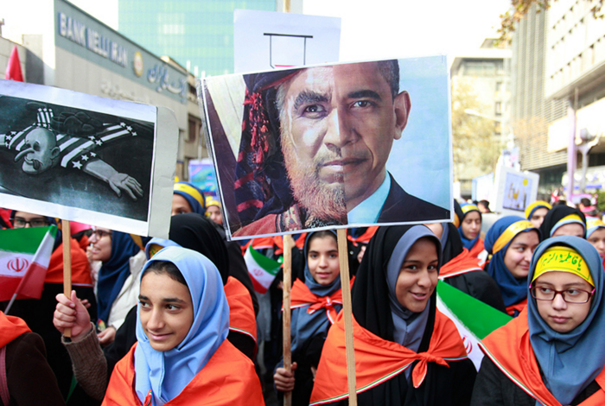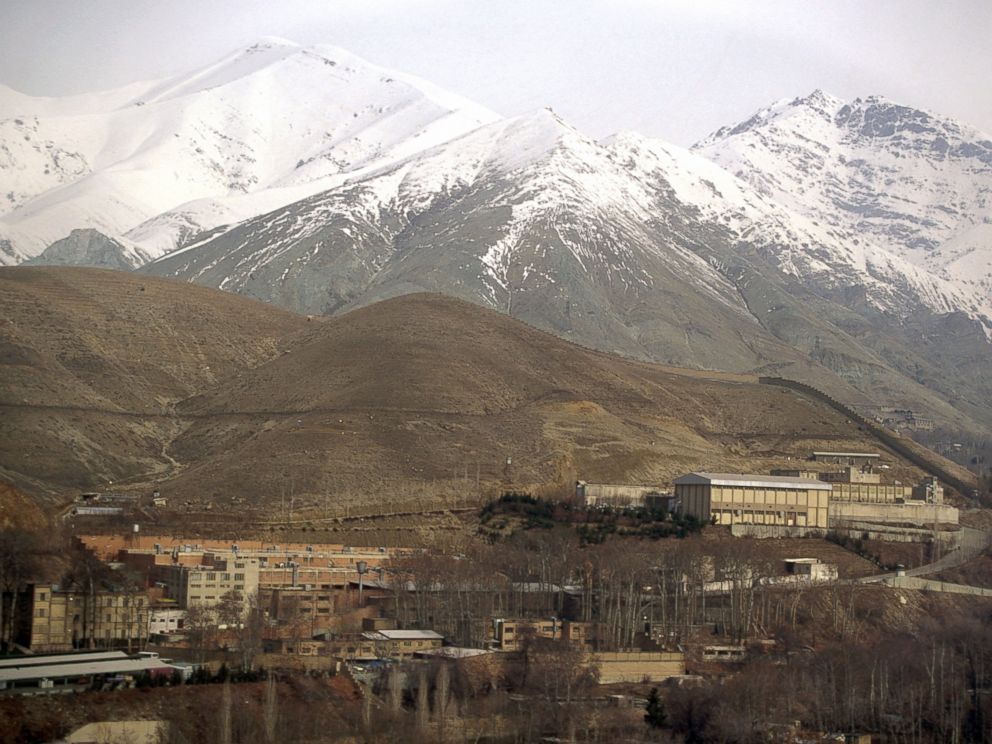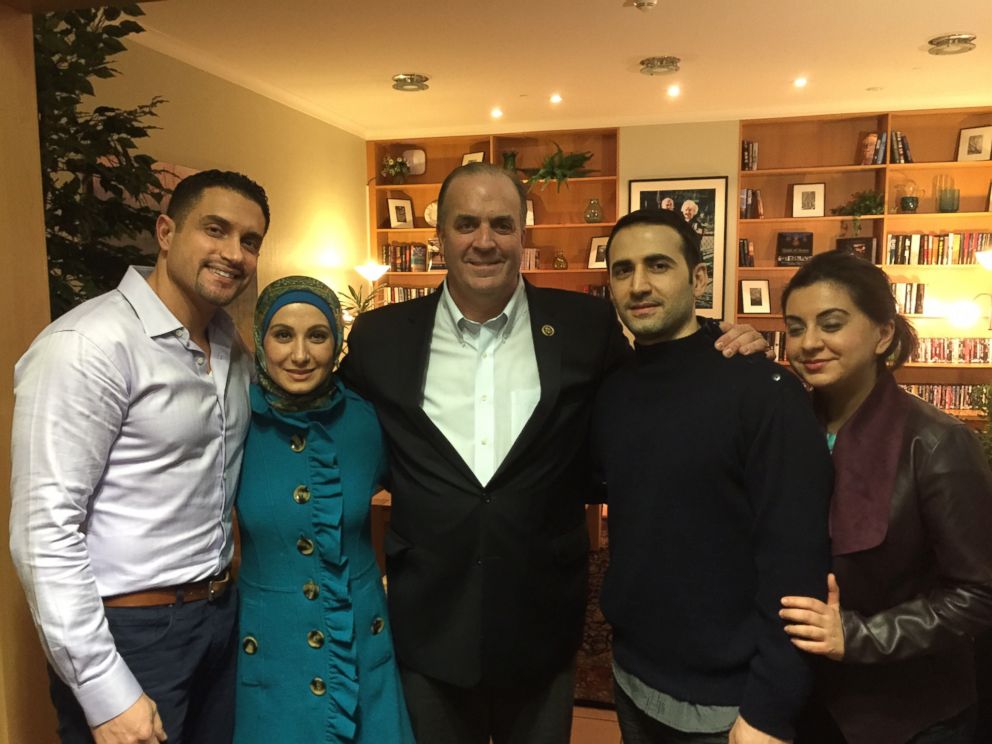The State Department knew it, the White House knew it, the National Security Council knew it, the CIA knew it and yet, Barack Obama approved the Iran deal even while China, North Korea and Iran collaborated on missile construction, materials, tests and scientists.
Going back to 2007, even Condoleeza Rice earnestly challenged China on the matter.
The Keys to Iran’s Missiles are in China and North Korea
Earlier, Iranian President Hassan Rouhani issued a threat: “Any action will be met by a reaction.”
In fact, action and reaction—sequencing, in diplomatic speak—was always part of the picture.
The Obama administration undoubtedly knew of Iranian violations before signing the landmark nuclear arrangement with Tehran in July.
Treasury’s measures follow by more than three months Iran’s Oct. 10 launch of a nuclear-capable ballistic missile in violation of Security Council Resolution 1929.
On Sunday, a prisoner “swap” was announced by Tehran, then confirmed by Washington, in which four Iranian-Americans including Washington Post correspondent Jason Rezaian were let out of Iran’s prisons. Hours later, Treasury imposed its measures on 11 designated entities and individuals “involved in procurement on behalf of Iran’s ballistic missile program.”
The sanctions, delayed from the end of December to facilitate the prisoner swap, prohibit Americans and others from engaging in business dealings with the named entities and individuals, and orders U.S. banks to freeze their assets.
The U.S. prohibitions target two Iranian procurement networks, one based in China and the United Arab Emirates and the other involving Pyongyang’s notorious Korea Mining Development Trading Corp, better known as KOMID.
The dealings between Iran and North Korea, as The Daily Beast has noted, have been extensive and spanned three decades.
Some analysts believe that during this time there have been significant contributions of Iranian technology, but Bruce Bechtol, author of North Korea and Regional Security in the Kim Jong-un Era, disagrees. “The North Koreans are providing the expertise, the components, and the on-site development,” he told The Daily Beast over the weekend. “The Iranians are providing the money.”
Treasury’s explanatory comments tend to confirm the view that the transfer of technology has been one-way, noting that technicians from Iran’s Shahid Hemmat Industrial Group “traveled to North Korea to work on an 80-ton rocket booster being developed by the North Korean government.”
As Bechtol predicts, “The Iranians, of course, will insist that this is an ‘Iranian developed system,’” but it is not. The booster, he notes, looks like it is for the Taepodong series, the North’s longest-range launchers, or more ominously, a new family of missiles. The Taepodong missile, repainted, is the Unha-3 rocket.
This launcher “could allow Iran to achieve accurate global targeting of U.S. and Western military facilities in addition to large cities.”Rick Fisher of the International Assessment and Strategy Center told The Daily Beast that this launcher “could allow Iran to achieve accurate global targeting of U.S. and Western military facilities in addition to large cities.” Bechtol thinks it won’t be long before the “rocket booster”—actually the first stage of an intercontinental missile—will be produced both in North Korea and Iran.
That missile, in short, will pose a grave threat to the American homeland.
Treasury’s sanctions might slow North Korea-Iran missile cooperation, but as former Pentagon analyst Robert Collins, who is based in South Korea, suggests, Pyongyang has already figured out ways around obstacles like this. “The North Koreans have become experts at planning alternative routes for moving monies, moving equipment, and moving contacts,” he told The Daily Beast after the Treasury imposed the measures. They employ “a ‘dumping Peter to use Paul’ system designed to circumvent anticipated sanctions.” Pyongyang has become “very adept at counter-sanction planning.”
Henry Sokolski of the Nonproliferation Policy Education Center believes Sunday’s measures will not be the last, as he noted in an email to The Daily Beast.
What is surprising is that Treasury essentially admitted that it was aware of proscribed Iranian activities before both the signing, on July 14, of the Joint Comprehensive Plan of Action, better known as the Iranian nuclear deal, and its Oct. 18 “Adoption Day.” The 80-ton booster, after all, is designed for a missile useful only for carrying a nuclear warhead.
“The newest sanctions from the Treasury Department prove—without a doubt—that the State Department and the Treasury Department knew, as the agreement with Iran was in negotiation, that the North Koreans and Iranians were cooperating on new, advanced ballistic missile technology,” Bechtol writes.
In fact, work on the 80-ton booster has been publicly known for more than two years.
Treasury’s statement declares that “Iranian missile technicians” had gone to North Korea “within the past several years” in connection with the big booster.
The sanctions, therefore, look like an afterthought, and Washington appears unserious. If the U.S. really wants to end the missile threat, it will have to impose much more severe measures not just on Iran and North Korea but also on parties helping them.
Who is helping the two rogue states? WikiLeaks released an American cable showing that Chinese officials, despite pleas from then-Secretary of State Condoleezza Rice, refused to stop shipments of North Korean missile parts passing through the Beijing Capital International Airport on their way to Iran.
That was 2007. Fisher, in his message to The Daily Beast on Monday, points out that Chinese entities are still involved in this deadly trade.
And so, it appears, is the Chinese central government. In all probability, the Iranian technicians in the last two years reached Pyongyang using the same route Tehran’s nuclear staff have routinely taken on their way to North Korea, through the airport in Beijing.
GATES: Don’t expect the nuclear agreement to lead to a more moderate Iran
Former US defense secretary Robert Gates isn’t optimistic that the landmark July 2015 nuclear deal with Iran will lead the country to halt any of its disruptive policies in the Middle East or its support for terrorist groups.
In an interview with Business Insider, Gates, who spent nearly 27 years in the CIA and was the only cabinet secretary to have served under Barack Obama and George W. Bush, said that he didn’t believe the nuclear deal would have a moderating impact on Iranian behavior or lead Tehran to become a more responsible international actor.
“The notion that betting that this regime is going to temper its behavior in the region because of this nuclear deal I think is mistaken,” Gates told Business Insider. “I think that will not happen.”In the six months since the nuclear deal was reached, Iran has tested two nuclear-capable ballistic missiles in violation of UN Security Council resolutions, fired live missiles within 1,500 yards of a US aircraft carrier, and continued its support for the Assad regime in Syria and for Shiite militia groups in Iraq, Syria, and Lebanon. Full story here.






